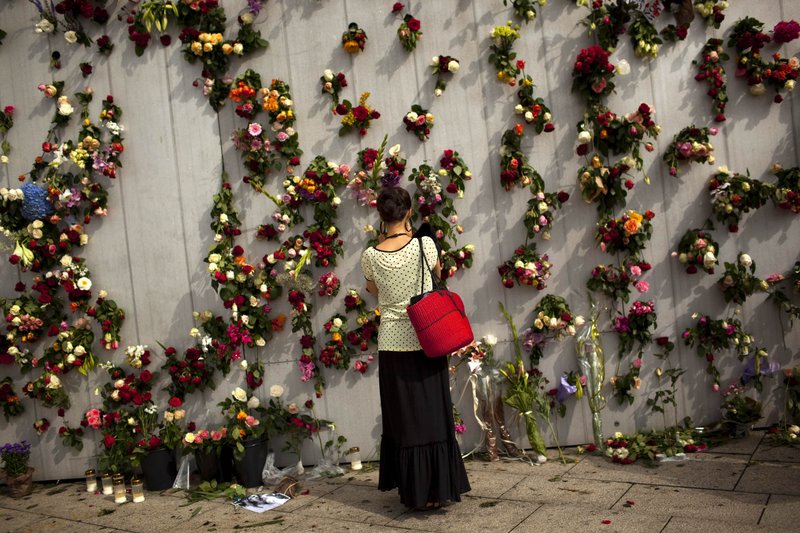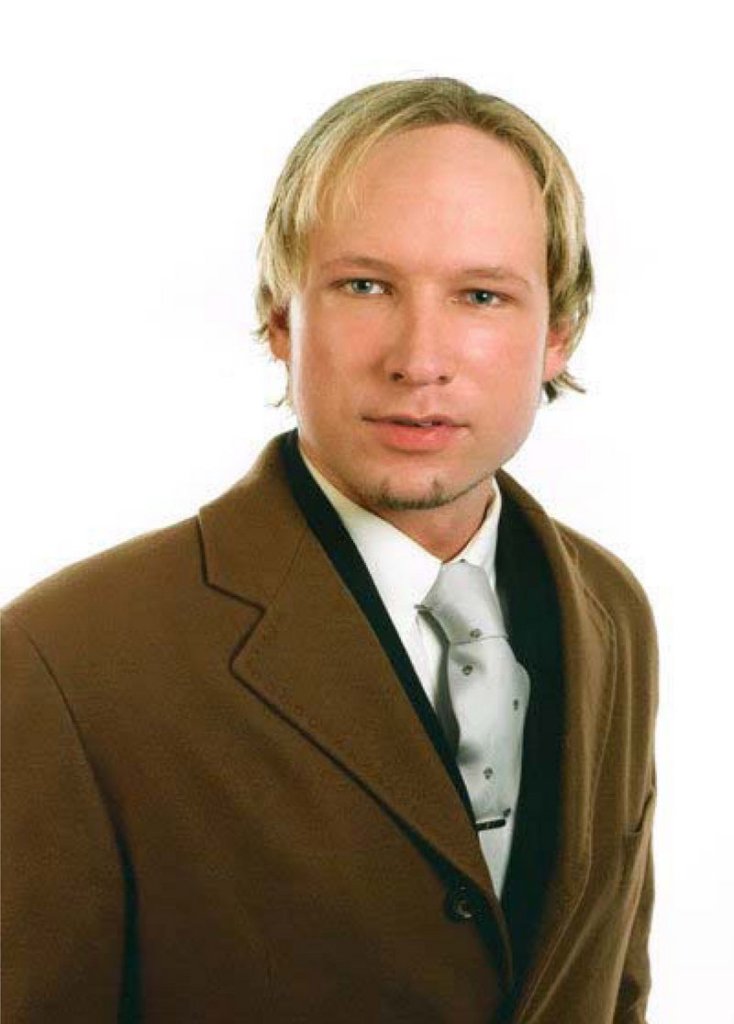OSLO, Norway – When Anders Behring Breivik launched his assault on the youth campers of Utoya Island, he expected Norway’s special forces to swoop down and stop him at any minute.
Instead, Delta Force police officers made the 25-mile journey by car — they have no helicopter — then had to be rescued by a civilian craft when their boat broke down as it tried to navigate a one-minute hop to the island.
It took police more than 90 minutes to reach the gunman, who by then had mortally wounded 68 people. Breivik immediately dropped his guns and surrendered, having exceeded his wildest murderous expectations.
As Oslo’s police force sounds an increasingly defensive note, international experts said Tuesday that Norway’s government and security forces must learn stark lessons from a massacre made worse by a lackadaisical approach to planning for terror.
“Children were being slaughtered for an hour and a half and the police should have stopped it much sooner,” said Mads Andenas, a law professor at the University of Oslo whose niece was on the island and survived by hiding in the bushes. One of his students was killed.
“Even taking all the extenuating circumstances into account, it is unforgivable,” he said.
These include the fact that Breivik preceded his one-man assault on the island with a car bomb in the heart of Oslo’s government center. Authorities were focused on helping survivors from that blast as the first frantic calls came in from campers hiding from the gunman on Utoya, northwest of Oslo.
Survivors said they struggled to get their panicked pleas heard because operators on emergency lines were rejecting calls not connected to the Oslo bomb. When police finally realized a gunman was shooting teens and 20-somethings attending a youth retreat on the island, Breivik had already been hunting them down for half an hour.
In a final act of bungling, police on Monday revised the island death toll down to 68, after initially miscounting the corpses at 86.
Breivik’s lawyer, Geir Lippestad, said Tuesday his client was surprised he even made it onto the island without being stopped by police, never mind that he was left to fire his assault rifle and handgun for so long.
The island’s lone part-time security guard was among the first people he killed.
Police spokesman Johan Fredriksen rebuffed criticism Tuesday of the planning and equipment failures, calling such comments “unworthy.”
“We can take a lot, we’re professional, but we are also human beings,” he said.
International experts said Norway must take a hard look at a response system apparently premised on the assumption that the country didn’t face a credible risk of terrorist attack, much less a back-to-back bombing and gun rampage.
That could be difficult in a country renowned for a culture of openness that has led to jaw-dropping security lapses in the past.
Norway’s most infamous crimes before Friday involved the 1994 and 2004 thefts of artworks by its best-known painter, Edvard Munch. In the first theft, the robbers left their ladder propped up against an unlocked National Gallery window — and replaced Munch’s “The Scream” with a mocking note: “Thanks for the poor security.”
Fernando Reinares, former senior anti-terrorism adviser to the Spanish government, said Friday’s attacks point to “an astonishing failure in police intelligence.” He said a competent anti-terrorist agency would have identified Breivik before he struck because of his purchases of bomb-making ingredients and specialist weaponry.
Send questions/comments to the editors.




Success. Please wait for the page to reload. If the page does not reload within 5 seconds, please refresh the page.
Enter your email and password to access comments.
Hi, to comment on stories you must . This profile is in addition to your subscription and website login.
Already have a commenting profile? .
Invalid username/password.
Please check your email to confirm and complete your registration.
Only subscribers are eligible to post comments. Please subscribe or login first for digital access. Here’s why.
Use the form below to reset your password. When you've submitted your account email, we will send an email with a reset code.